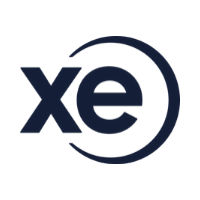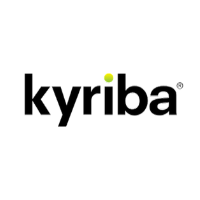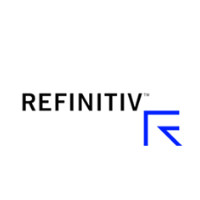How to make a quick business payment with a spot transfer
22-04-2020 | treasuryXL | XE |
Need to quickly send money overseas? A spot transfer may be the right payment solution for you.
In an earlier article, we went into depth on forward contracts, what they are, when you might want to use one for your business, and how to set one up. But they aren’t the only way to make an international business payment. You might be in a rush and want to send your transfer right now, as soon as possible, rather than scheduling a future transfer.
In that case, you would want to set up a spot transfer.
What is a spot transfer?
A spot transfer is the quickest, most simple way to make a business payment. You get your quote and confirm your money transfer, and then the currency will be purchased and sent as soon as possible.
Why might you use a spot transfer?
As the name indicates, you’d want to use a spot transfer when you need to make a quick payment “on the spot”. There’s no preliminary work involved, nor would you need to do anything after confirming the transfer. All you need to do is enter your currencies, let us know how much you’d like to send and provide your payment method, and we’ll handle the rest.
Additionally, not all currencies or currency pairs experience the same amount of market volatility. If you’re consistently sending payments in a certain currency and haven’t seen much fluctuation in the rates or your costs, you might not need to set up a forward contract or market order to avoid future market volatility. A quick, simple spot transfer could be all you need.
How do you send a spot transfer?
Befitting their quick nature, spot transfers are quick and easy to initiate.
-
Sign in to your Xe business account. If you don’t have one, sign up. You can view a detailed guide to everything you’ll need to get started here.
-
Get your quote. Enter your currencies and the amount you’d like to send to see the send rate for your transfer.
-
Double-check everything. Before confirming your payment, confirm that all information is correct. This will include your currencies, the amount you’d like to send, the exchange rate, your recipient’s information, and your payment information.
-
Confirm your spot transfer. If you’re satisfied with your transfer, you can go ahead and confirm it.
Once you’ve confirmed your transfer, we’ll take care of the currency exchange and send it to your recipient.
What other kinds of transfers are there?
Spot transfers are the ideal payment method for quick, simple money transfers. However, if you’re interested in scheduling a payment for a future date, seeking the best exchange rate, or avoiding potential market volatility, spot transfers may not be the best option to meet all of your currency needs.
Are you interested in scheduling a payment for a future date? You may be interested in forward contracts.
Or would you like to wait for the best possible rate? You might be interested in a market order. Watch this space for an upcoming guide to those.
About XE.com
XE can help safeguard your profit margins and improve cashflow through quantifying the FX risk you face and implementing unique strategies to mitigate it. XE Business Solutions provides a comprehensive range of currency services and products to help businesses access competitive rates with greater control.
Deciding when to make an international payment and at what rate can be critical. XE Business Solutions work with businesses to protect bottom-line from exchange rate fluctuations, while the currency experts and risk management specialists act as eyes and ears in the market to protect your profits from the world’s volatile currency markets.
Your company money is safe with XE, their NASDAQ listed parent company, Euronet Worldwide Inc., has a multi billion-dollar market capitalization, and an investment grade credit rating. With offices in the UK, Canada, Europe, APAC and North America they have a truly global coverage.
Are you curious to know more about XE?
Maurits Houthoff, senior business development manager at XE.com, is always in for a cup of coffee, mail or call to provide you detailed information.
Visit XE.com
Visit XE partner page













